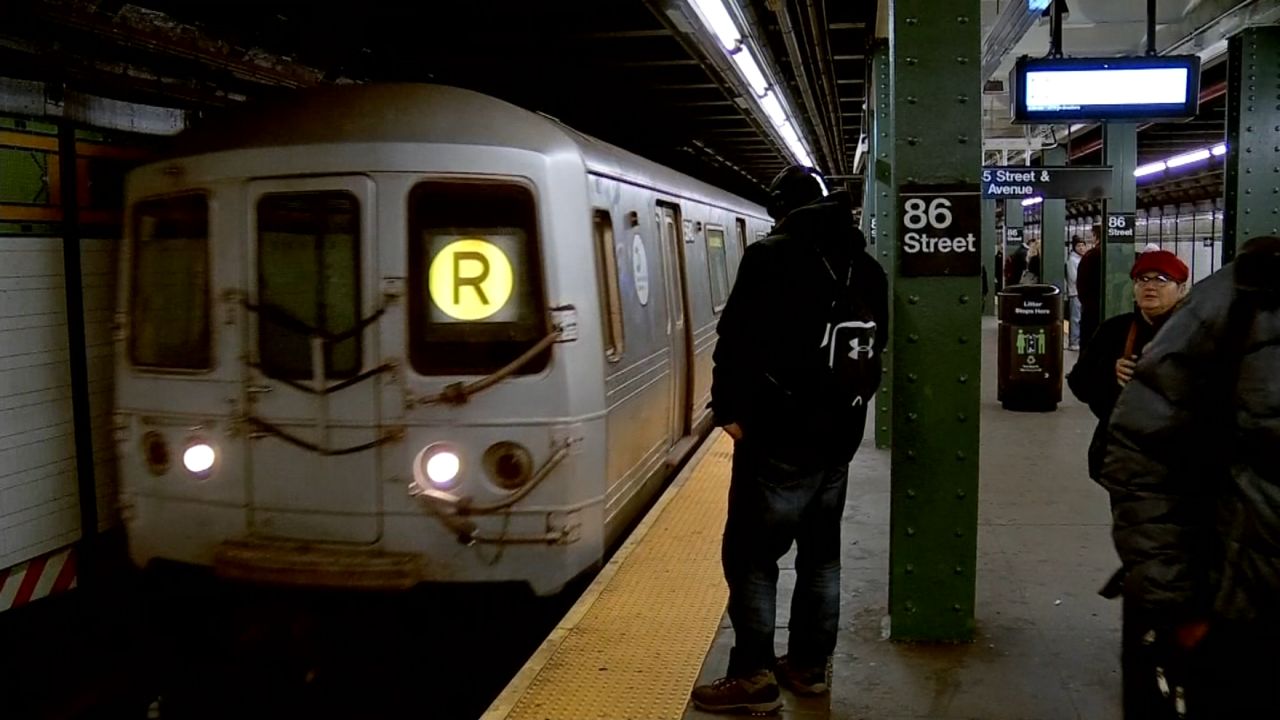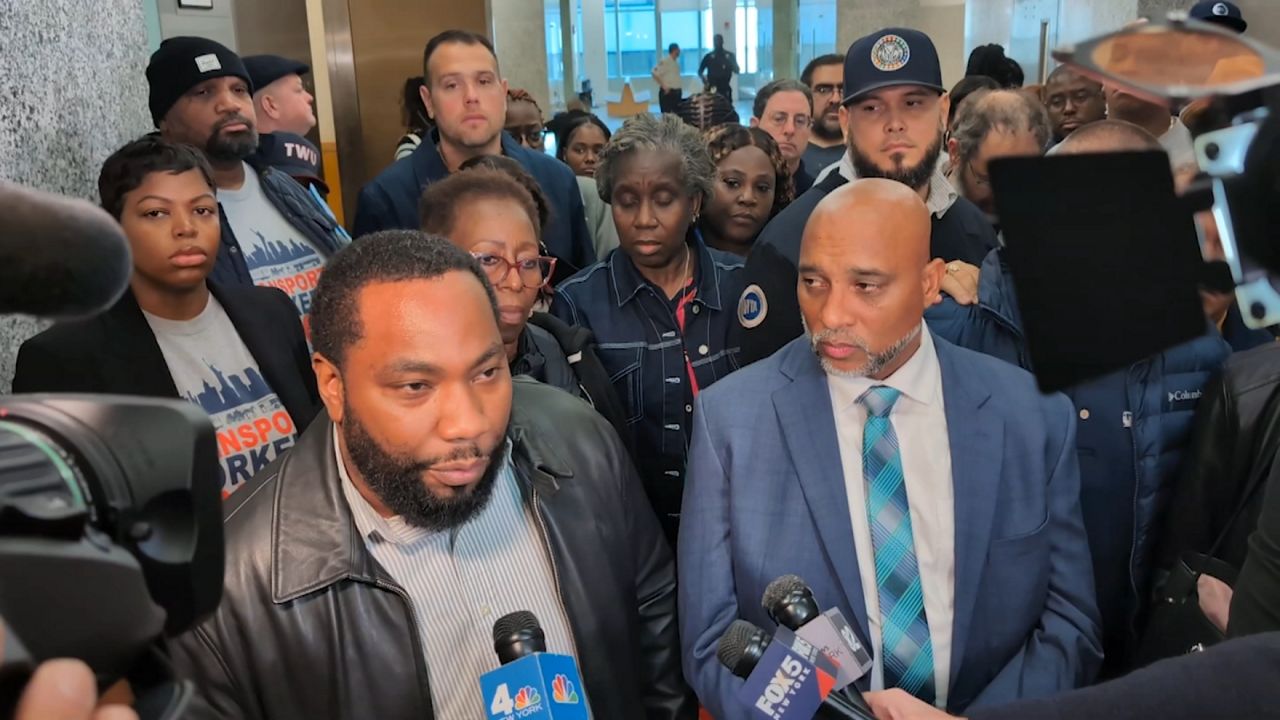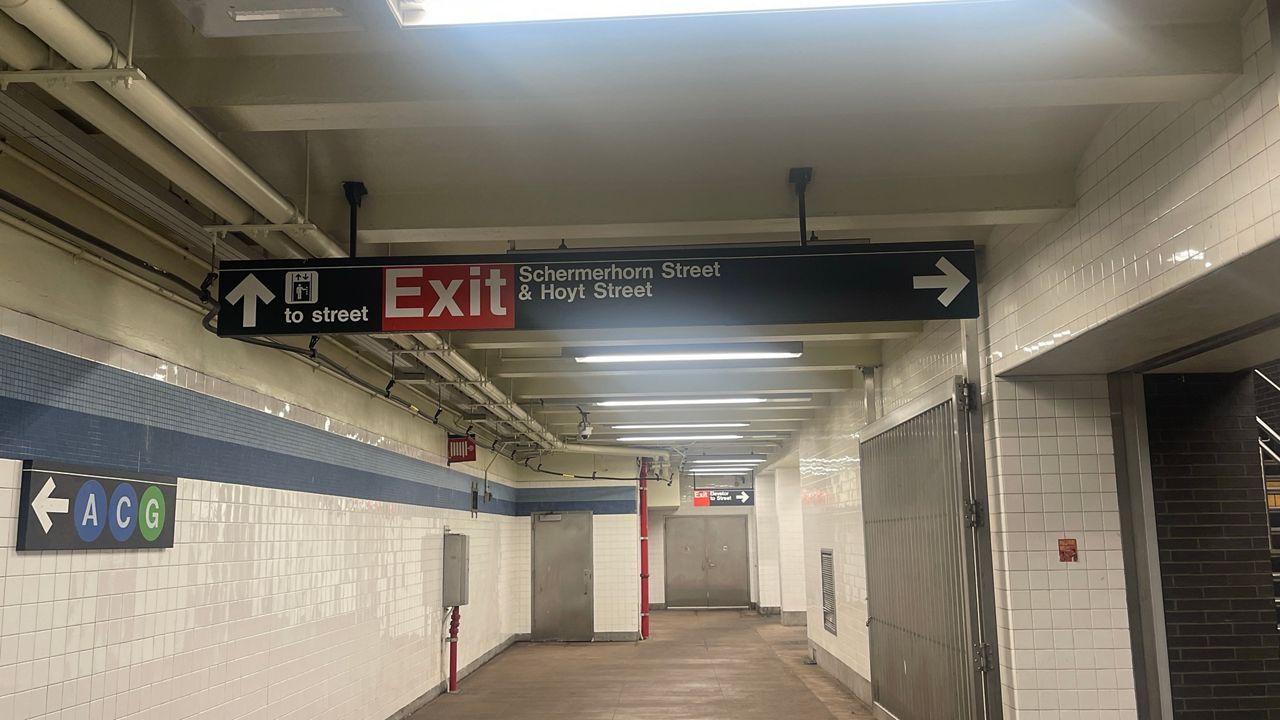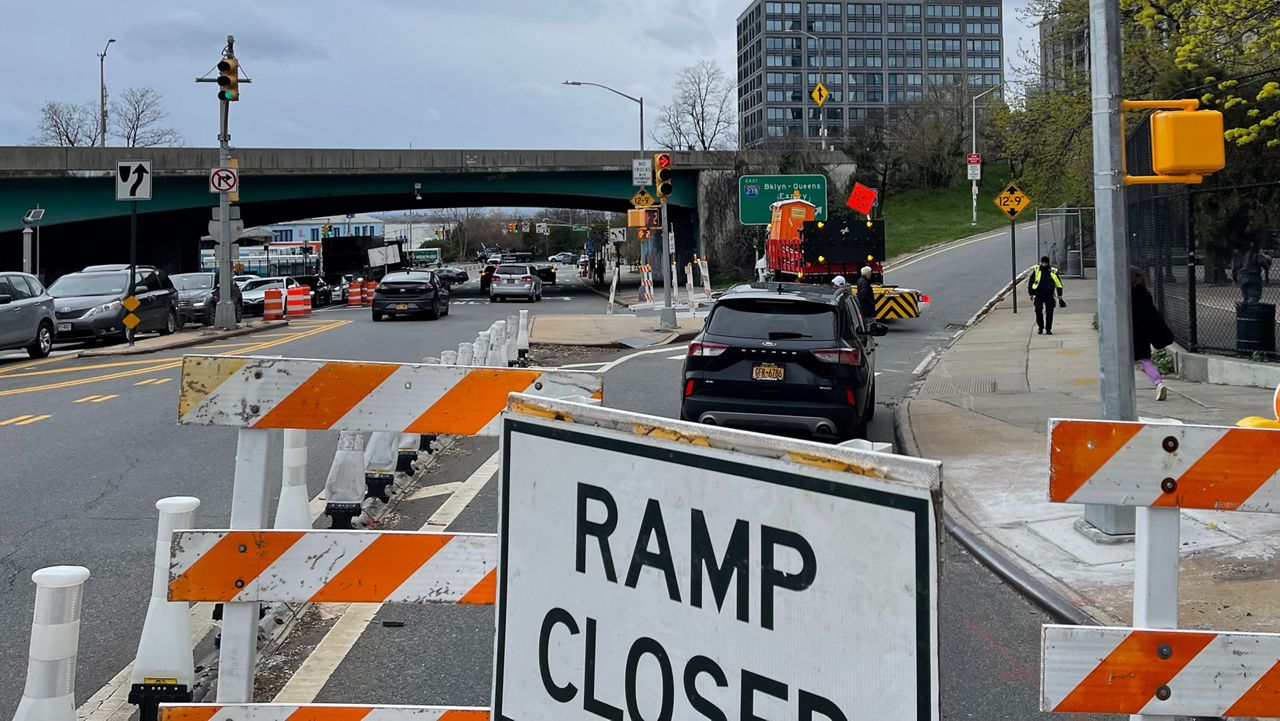A subway conductor was slashed in the neck as he was operating a train in Brooklyn early Thursday morning, the NYPD said.
Alton Scott, 59, was looking out the compartment window of a southbound A train at the Rockaway Avenue station in Bedford-Stuyvesant around 3:40 a.m. when a male suspect slashed him in the neck, police and his union said.
What You Need To Know
- A subway conductor was slashed in the neck at a subway station in Bedford-Stuyvesant early Thursday morning, the NYPD said
- Emergency responders took Alton Scott to a nearby hospital for treatment of a “gaping wound” that required 34 stitches, his union said
- The suspect fled the scene after the attack and has not yet been arrested, police said. An investigation is ongoing
The conductor was “making routine observations” from the cab window when the suspect attacked him, his union, TWU Local 100, said in a news release.
Emergency responders took him to Brookdale Hospital Medical Center for treatment of a “gaping wound” that required 34 stitches, the union said. The suspect fled the scene after the attack and has not yet been arrested, police said. An investigation is ongoing.
In a statement, TWU Local 100 Union President Richard Davis said the wound the Scott sustained was “too close to his carotid artery.”
“This is attempted murder,” Davis said. “We’re at a breaking point where we can’t do our jobs safely. The city is in crisis, and the target is on our backs.”
“The law is clear: our safety is in the hands of our employer,” he added. “But we need better protection now, before we lose one of our own.”
At a news conference held outside Brookdale Hospital Medical Center Thursday morning, Demetrius Crichlow, New York City Transit’s senior vice president of subways, called the attack a “brutal assault.”
Scott, a 24-year veteran with the MTA, called for help over the train’s PA system after he was attacked, Crichlow said.
“Thankfully, several customers came to his aid, one of which was a doctor,” he said. “Upon the conductor’s account, if it wasn’t for the doctor, he’s not sure if he would have made it. So amazingly grateful for the efforts of this doctor.”
The doctor applied a compress and treated Scott at the scene until EMS arrived, Crichlow said. The MTA has cameras at the station that it hopes will aid police with their investigation, he added.
“We’re doing everything we can to try to keep our employees safe. You know, we’re trying out different pilots at different stations, installing more cameras in our cars, cameras in our stations, working with the NYPD to boost coverage at different locations, so we’re doing everything we can to keep our employees safe,” he said. “This should not be the case.”
Earlier this week, the MTA set up “no-standing zone” poles along swaths of a subway platform in Harlem as part of a pilot program aimed at protecting train conductors.
“In the last couple of years, we’ve put up over 10,000 cameras in the subway station. We’re now putting up cameras in the conductors’ cars. We’re doing it right now to protect conductors,” Janno Lieber, chair and CEO of the MTA, said.
Asked how Scott was feeling, Crichlow said he was “shaken up.”
“You know, in his 24 years with the company, nothing like this has ever happened, so he’s obviously shaken up,” he said. “But he’s a dedicated employee. His first words to me were, ‘I love my job, but you know, I thought I was going to die.’”
“And so we have to give our conductors, we have to give our employees, our station agents, we have to give them the confidence that we support them and that we’re going to keep them safe,” he added.







